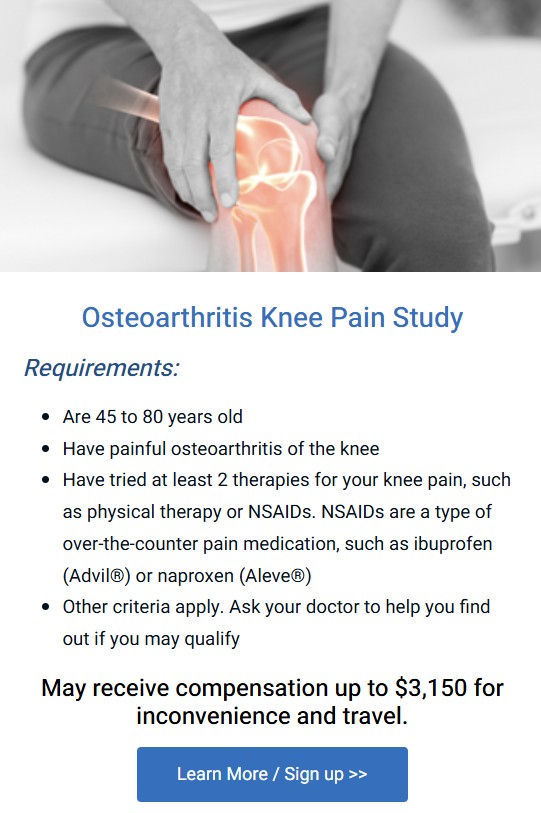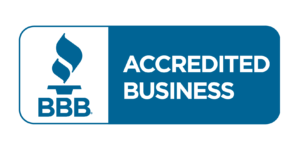
Fearless & Successful
A successful stand-alone investigator site—one not affiliated with an academic institution, a hospital or any other sites—is a rarity in clinical research. Most sites that try independence find that they can’t find a steady flow of studies.
Palm Beach Research Center is an exception. The 15-year-old, 25-employee investigator site chugs along with many Phase II and III studies from large pharma and big contract research organization (CRO) partners. It’s one of Quintiles top sites. Palm Beach Research is paying overtime to process all the volunteers coming in to be screened for possible participation in studies.
Standalone Center
Being around for a decade and a half is part of its success, says president and co-owner David Scott. Word of mouth—among sponsors and also among study participants—has been pivotal. But there are more tricks to the trade, he says. The primary care physician and general surgeon who launched the center in 1994 had independence in mind from day one. “The smartest thing they did was to locate the site in a separate office, not sticking it in the back of one of their practices and asking a nurse to do clinical trials as well as regular duties,” Scott says.
The two doctors started with chronic pulmonary obstructive disorder (COPD) and smoking cessation studies, and were able to successfully recruit from their own patient base. Family members managed the site “so there was always a high level of trust,” says Scott. After a few years, one of the doctors moved to Kentucky and the other moved to a different part of Palm Beach County. Scott and a nurse psychologist bought out the founders.
Numbers Driven
All along, Scott says, the site had a laser-sharp emphasis on getting fair payment. “This kind of business will only be strong if you continually focus on getting paid for what you did,” says Scott. “Otherwise, you will grind to a halt.”
This is trickier than it sounds. Scott shares a common scenario: Say a study contract was negotiated two years ago. Since then, there have been multiple protocol amendments rendering the study more complicated and time-consuming. Maybe what began as a one-infusion-per-day study has turned into two infusions spaced three hours apart. But the contract was not amended to provide additional payment. “Some of these things happen faster than we can realize,” says Scott. He’s not shy about understanding that research is a business.
Next step? A conversation with the sponsor. “We’ll say, ‘Look you added an extra IV infusion with no extra payments for the nurse who now has to wait three hours between infusions,’ ” says Scott. “We need more money.”
Careful organization of all this is possible due to the site’s home-grown time-tracking system. The site’s study monitors and coordinators use it to log in their time spent on each study.
Cash Helps
Having the center’s VP of clinical affairs act as the primary coordinator on all studies has been pivotal, too. This streamlines things, says Scott, who explains that, with other less-organized sites, when the sponsor asks who the primary coordinator will be, “sometimes there’s a rush to figure out who it is.” This can cause stress and waste time.
His site pays research subjects in cash. “The easiest way to do it is to let them finish the study, then mail a check. But we started to realize that when we switched [to cash], compliance went up,” says Scott. Patients are paid $50 at the end of each visit and there’s a receipt associated with the cash, which is entered into the site’s patient tracker. There’s a clear record of it.
The company has one location, in the heart of West Palm Beach, at the entrance to a major highway. Management dabbled in running multiple locations at one point, but decided it wasn’t for them.
Single Location
“The weakness of that model is if you think of the headquarters as ground zero, and you try to see everything that’s happening [with other sites], the further away you get from that office, the less you hear and the less you know,” says Scott. “Eventually, financially, you’ll have a drain. We found we were spending so much time running around and maintaining those sites that they were only semi-profitable—not as strong and rich as we know clinical research can be.”
Palm Beach Research also has had loose affiliations with a few hospitals, but discontinued those, too. The red-tape interfered with the site’s agility, says Scott.
“I can tell a sponsor on the phone all they need to know when they call up: how long enrollment will take, how many coordinators you’ll have to have and how much time it will take,” he says, adding that when hospitals were also in the mix, many phone calls had to be made to multiple parties, which made obtaining even the smallest bit of information take weeks. Scott would rather work faster, leaner, and be able to turn around a budget approval in two days.
Patient Surplus
Palm Beach Research has worked on approximately 325 studies, with an average number of 20 patients per study. Phase II and III is the site’s forte. The center can do Phase I, though its size—just three extended-care rooms—really doesn’t support that. Not yet, anyway. The center expanded into an adjacent office in January of 2009 and now occupies 8,500 square feet.
Palm Beach Research doesn’t do anything revolutionary to get the word out to prospective patients. It sends postcards to previous study participants, as well as placing ads on TV and in newspapers. It also has an active refer-a-friend program. And the place is overrun with volunteers, apparently due to the economy. “Five years ago, you could walk into our lobby and be screened and seen for a study right away. Today? No chance. There’s probably a two-week wait,” says Scott.
—by Suz Redfearn
Published January 05, 2010
Related Posts
Subscribe to Hear About New Trials First
Subscribe to Hear About New Trials First
Subscribe to our newsletter by adding your email and keep up to date with the new studies we are offering as well as study results and more.








